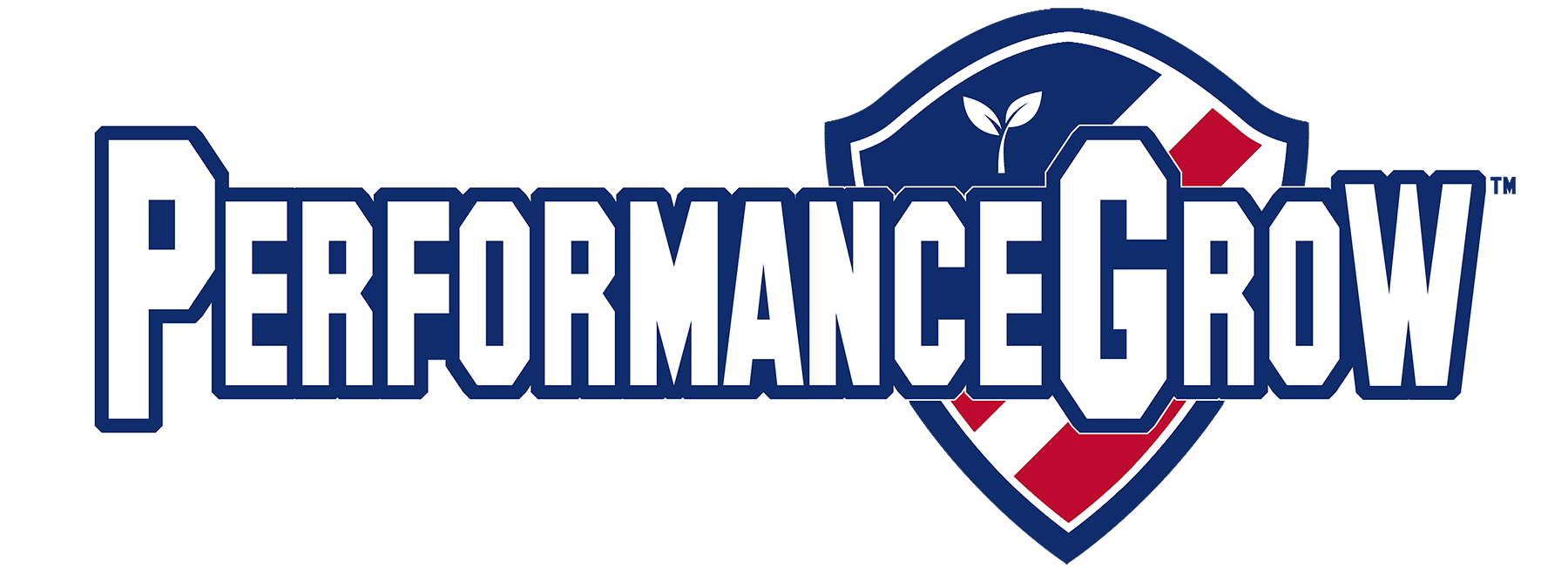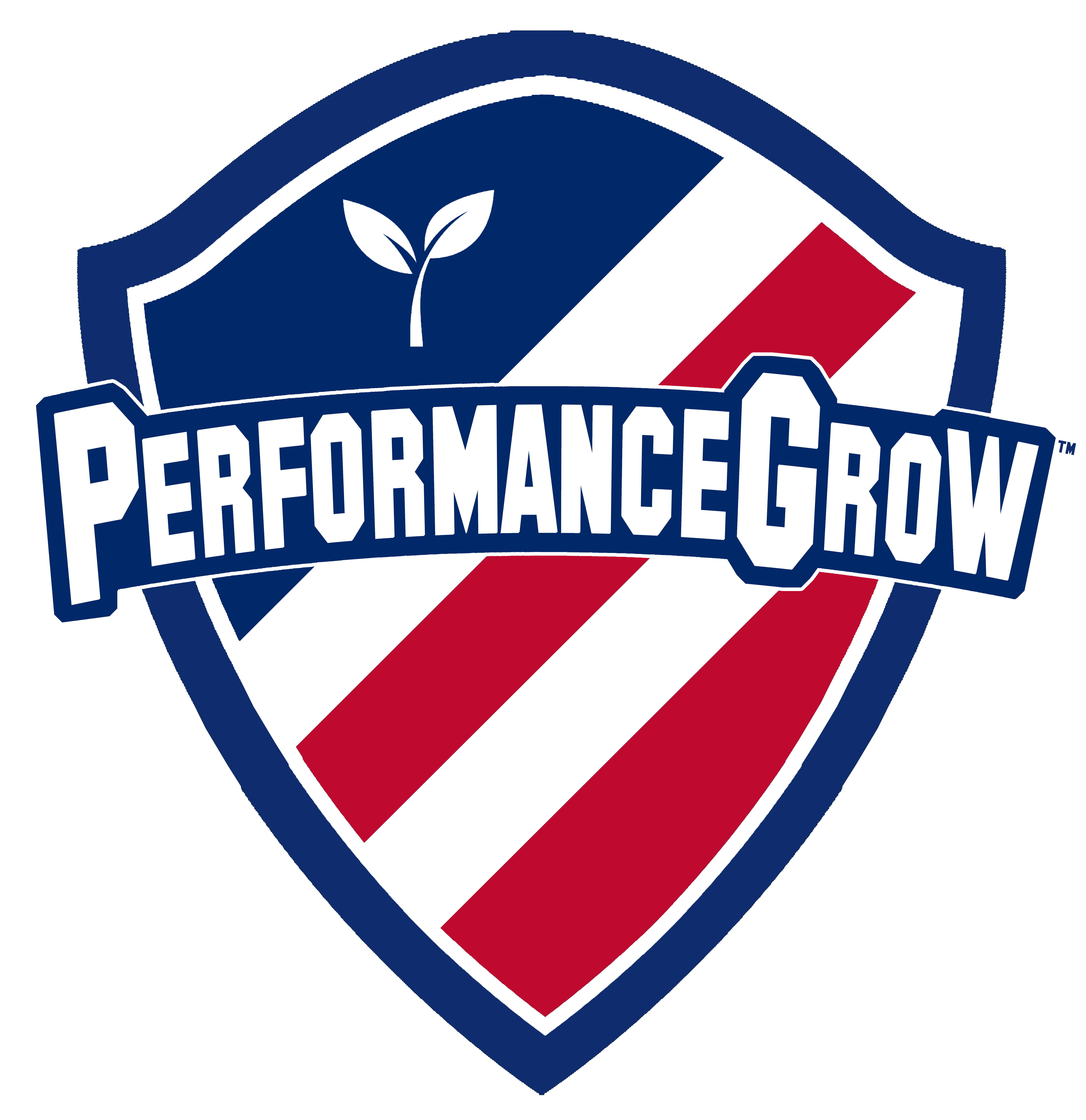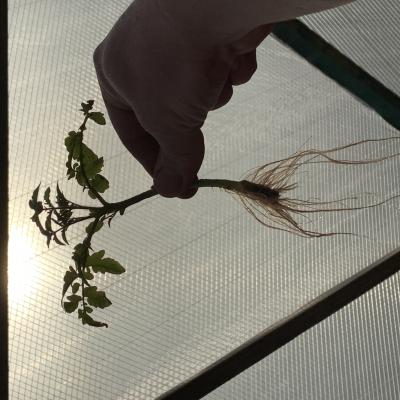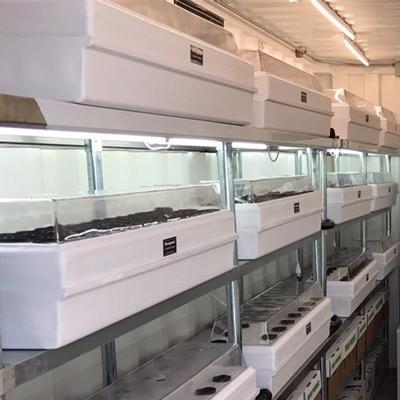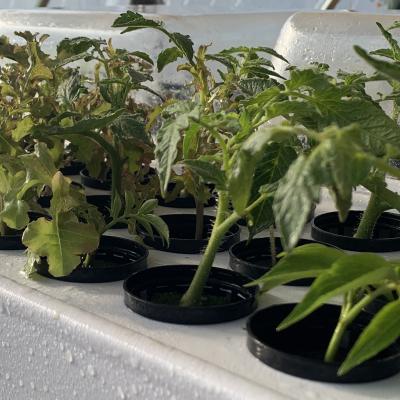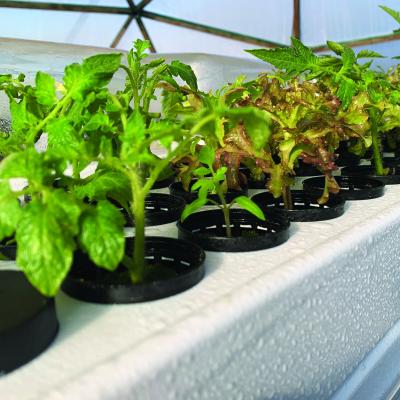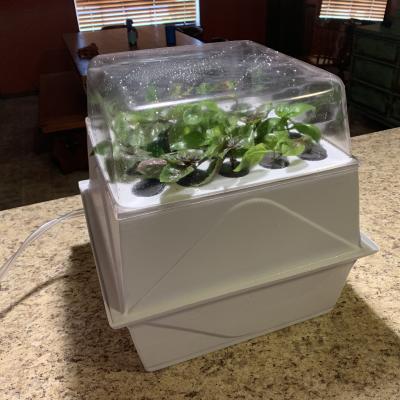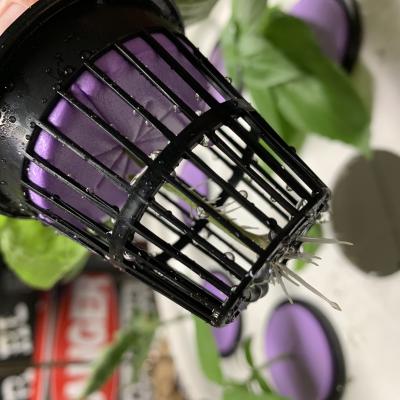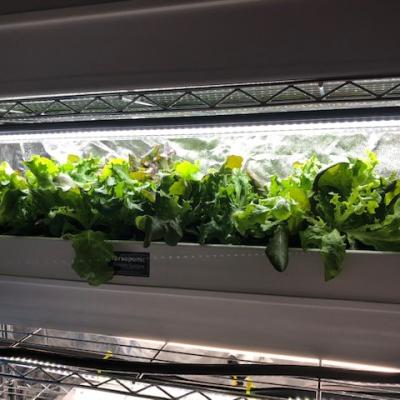Pruning and Trimming in Hydroponics
Pruning and trimming are essential practices in hydroponic gardening, contributing to the overall health and productivity of your plants. These techniques involve selectively removing specific parts of the plant, such as leaves, stems, or branches. The primary goals are to enhance light penetration, improve air circulation, and direct the plant's energy towards essential growth areas.
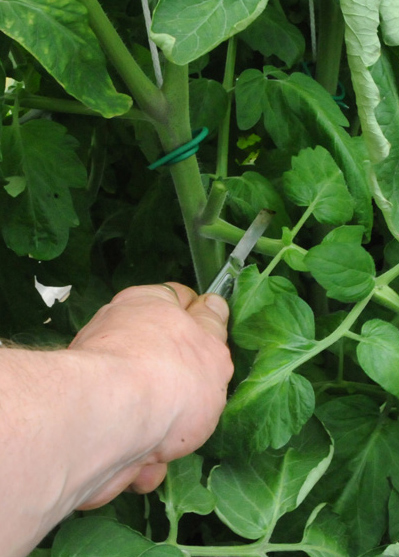
Hydroponic Seedlings
Precision and Timing: Successful pruning requires precision and proper timing. Begin by removing dead or yellowing leaves, which not only enhances the plant's appearance but also prevents the spread of diseases. As the plant grows, selectively prune to shape it, ensuring an open canopy that facilitates better light distribution. Timing is crucial, and early intervention can prevent issues such as overcrowding and nutrient competition among plants.
Encouraging Fruit and Flower Development: Strategic pruning plays a significant role in encouraging the development of fruits and flowers. By removing excess foliage, you direct the plant's energy toward reproductive areas, leading to larger and more robust harvests. Be mindful of the specific requirements of each plant, as pruning methods may vary based on factors like species, growth habit, and flowering patterns.
Tools and Techniques: Invest in quality pruning tools such as clean, sharp scissors or pruning shears to minimize stress on the plants. Techniques like topping, which involves removing the main growing tip, can promote bushier growth and increased lateral branching. Lollipopping, another technique, focuses on removing lower growth to enhance airflow and light exposure to the upper canopy.
Monitoring and Adaptation: Regular monitoring of your plants' response to pruning is crucial. Observe how they react to each session, ensuring they remain healthy and vigorous. Hydroponic systems provide an advantage in this regard, as you can closely monitor nutrient levels and adjust accordingly to support the plants during recovery. Adapt pruning techniques based on the growth stage and specific needs of each plant.
